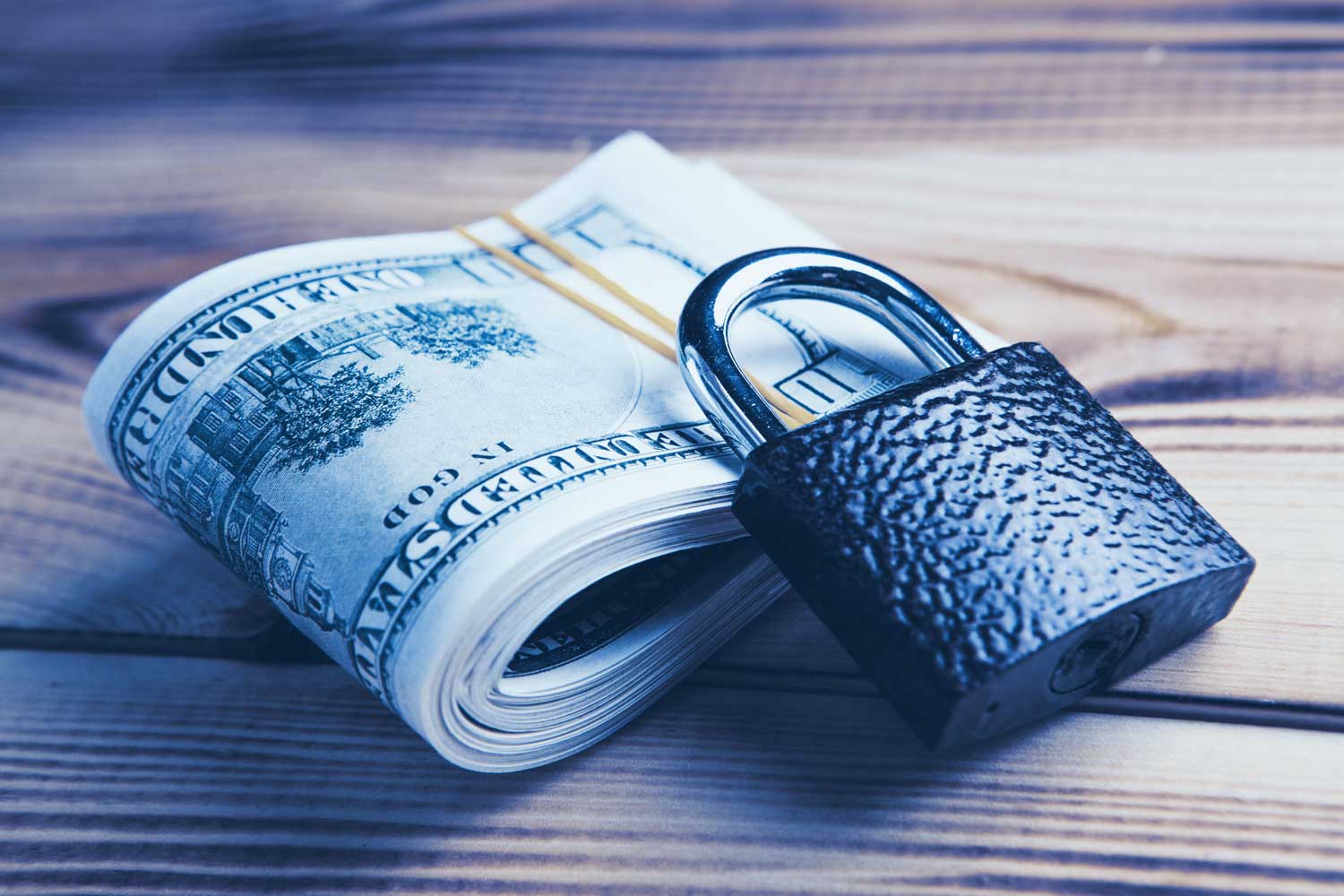Saving money is great. It gives you a sense of accomplishment as well as helping you feel more secure. But what is a good savings rate? You may be surprised to learn that there is no single right answer, and it depends largely on your age. You see, people at various ages are at different stages of life, each of which comes with its own earning potentials and financial goals.
For example, someone in their late twenties may want to save to buy a house. To purchase a home, they will require a large amount of savings. But do not be fooled into thinking that their ideal savings rate is therefore a large amount of money. You need to also consider their earning potential. A savings rate should not prevent you from living comfortably. It may take them longer to save for a house than someone in their forties who earns a higher salary, but this does not mean they are not achieving their ideal savings rate.
How Can I Calculate My Ideal Savings Rate?
Working out your ideal savings rate is simple. For starters, you want to be saving at least 10 to 20% of your gross income. Remember that gross income is before tax, not after. Anything less than 10% is considered too low and will likely not help you achieve your goals. So, 10% is the minimum, but to make strong progress towards your savings goals, you should aim to save around 20-40% of your gross income each month.
But do not forget the golden rule: your saving habits should not stop you from living comfortably. If you find yourself making too many sacrifices and you’re starting to feel as though you are struggling, you may be trying to save too much. Look at it this way, the ideal savings rate is anywhere between 20-40% of your gross income, while you are still living comfortably.
Can You Save Too Much?
Some would argue that it is not possible to save too much money. But technically, you can. If you are putting a large amount aside into savings but giving up basic needs to do so, you are saving too much. Essentials should never be compromised in the name of savings. Things like rent in suitable accommodation, nutritious food, adequate hygiene needs, and basic forms of entertainment are important necessities for a balanced and healthy life. Over-saving can deprive you of these things. You may find you have a large amount in the bank, but if you’re unhappy, is it worth it? Read more about how many bank accounts you should have.
What If I Have Debts?
It is still possible to save money when you have debts. You just need to ensure that you’re factoring these in when considering your ideal savings rate. When you look at your gross salary, deduct the percentage you want to save and see if you could still make your debt payments. If not, reduce the percentage of savings deductions until you reach a manageable figure. Even if you’re only saving 2% of your salary, you’re still saving. And as your debts decrease, you’ll find yourself getting closer to that ideal savings rate.
Summary
Hopefully, this article has helped you understand what a good savings rate is. Everyone is different, in terms of age, income, goals, debts, and lifestyle. These factors are important to consider when you’re deciding your ideal savings rate. Don’t be too hard on yourself if you are not saving large amounts at the moment. But also, do not be too permissive and save too little if you can afford to save more. Find that right balance, and soon you’ll be saving at your ideal rate in no time.
Content Disclaimer:
As of the date of publication, the information contained on this page is deemed to be factually accurate for all terms of conditions, features, and fees. Changes made to Cashero’s terms of conditions, features, or fees after the publication of this content may not be accounted for.
App Disclaimer:
The Cashero App is now available for download in both the Apple App Store and Google Play Store, though not all features are currently functional. Cashero has not yet officially launched.
